Devil May Cry 5 Special Edition (PlayStation 5) Review
By Renan Fontes  16.11.2020
16.11.2020
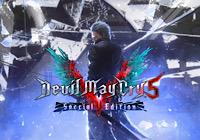
While Devil May Cry 5 was rightfully lauded upon release - not only bringing the franchise back to its roots, but revolutionizing the action genre in the process - several beloved features were missing from the base game. Bloody Palace wasn't available day one, Vergil was in the code as a playable character but unfinished, and both Turbo & Legendary Dark Knight Modes were conspicuously absent. DMC5's overall design is strong enough to more than make up for these omissions, but this also meant savvy fans were on the lookout for an inevitable re-release that filled in the missing gaps. Over a year since the title was originally released, Devil May Cry 5 Special Edition launches alongside the PlayStation 5: bringing Vergil, Turbo Mode, and a host of content with it.
Considering how key of a role Vergil plays in the franchise's mythology, along with Devil May Cry 5's story, his absence as a playable character was something of a disappointment - doubly so when data mining revealed a slightly playable version did exist. Following in the footsteps of the series' previous re-releases, Devil May Cry 5 Special Edition brings Vergil back into the fray. Available right from the get-go, Vergil's campaign has him going through all of Nero, V, and Dante's stages in a fantastic reinvention of the main story.
Vergil's campaign offers little in terms of plot, save for a few cutscenes peppered throughout, but the real draw is in the gameplay. DMC5 juggles three distinct characters well, but switching between play styles every few missions can be a pace breaker. Vergil's mode is ostensibly structured like a typical Devil May Cry campaign where one character runs through 20 or so levels, all the while players get used to gameplay nuances and purchase upgrades. By comparison, as the only character with a full campaign, Vergil offers a level of gameplay familiarity not even Dante could. There's no narrative jumping around or sudden protagonist shifts, just Vergil from start to finish.
Going up against enemies and bosses fought by Nero, V, & Dante, Vergil's tool kit is understandably quite varied. The Yamato and Beowulf return as Vergil's signature weapons, but the half-Devil also comes equipped with the Mirage Blade and the Mirage Edge. The former function just like Summoned Swords did in DMC3 and [i]DMC4[i/], serving as Vergil's long range answer to guns. Mirage Edge plays similar to Dante's Force Edge, using techniques like Stinger and Helm Breaker - a great weapon for those easing into Vergil. Yamato and Beowulf are the real stars, of course, allowing quick players to effortlessly weave frantic swordplay with charged strikes. With only three weapons on his person, L2 & R2 serving as the swap button means every tool in Vergil's repertoire is only a single press away.
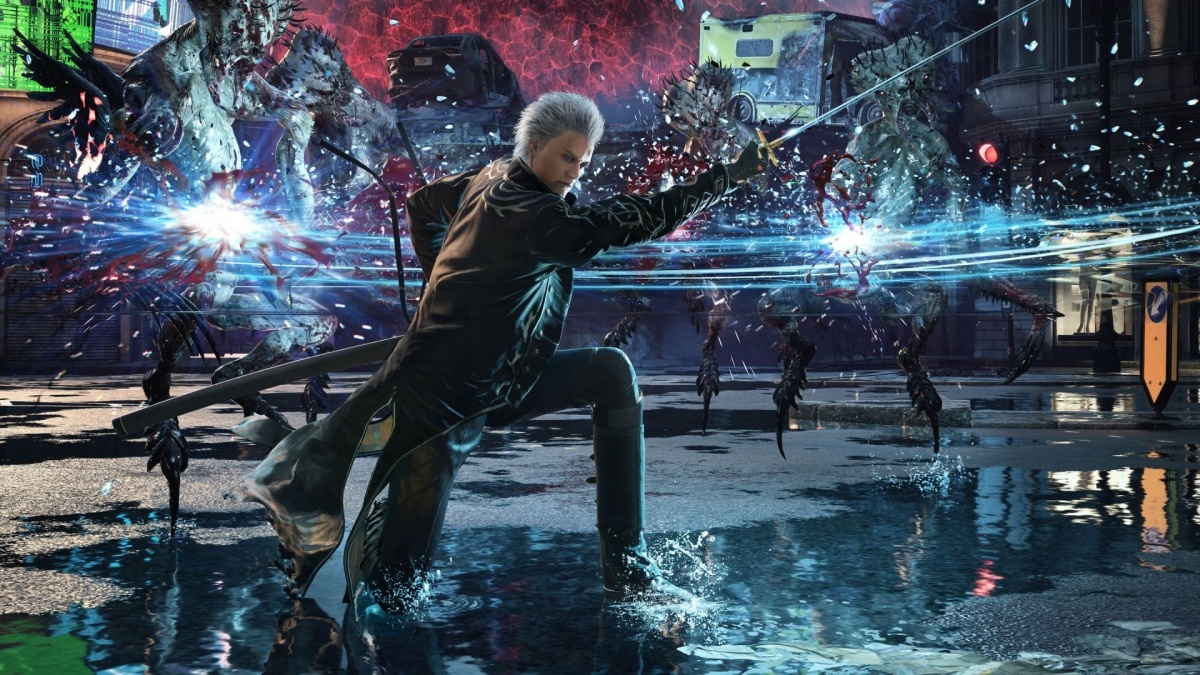
Beyond weapon variety, Vergil makes use of a Concentration Gauge. During battles, players can earn Concentration by avoiding damage, keeping combos active, or performing Tricks with the Circle button. Vergil may not have Styles, but his natural abilities more than cut the difference. Circle allows for Vergil to trigger Trickster-esque techniques. By simply pressing Circle, Vergil will teleport upwards into the air, doubling as a dodge and a way of gaining height. Pressing Circle while locked onto an enemy will teleport Vergil directly in front of his foe. When timed correctly, Tricks fill up Concentration fast. Once full, Concentration nets several bonuses: Yamato has increased reach, Beowulf gets a three tiered charge, Mirage Edge hits for more, and Vergil can even block with R1.
It's worth keeping in mind that making reliable use of Vergil's Devil Trigger isn't as simple as just pressing L1. Vergil's DT plays a huge role in combat, and actively using his different forms of Devil Trigger can be the difference between life & death. The Doppelganger Style from DMC3 returns, but this time as an inherent ability. By pressing the D-Pad, Vergil can expend DT to summon a doppelganger. Up on the D-Pad has him moving at the same speed, Right makes the doppelganger faster, Left slows him down, and down calls him off. Not only does the doppelganger work off your personal play style, Vergil remains buffed so long as he's active.
By holding down L1, Vergil can accumulate his DT and feed it into his Sin Devil Trigger. Once the SDT meter is full, Vergil can access a traditional Devil Trigger that buffs all of his stats, makes him faster, replenishes his health, and generally just rips through any & all enemies in the player's path. For those who want to be a bit more creative with their Devil Trigger, however, pressing R1, rotating the analog stick, and then pressing Circle triggers the World of V - a technique which summons V and his monsters to rain onslaught on any enemies in Vergil's path. A fully upgraded Vergil might very well be the deadliest character in Devil May Cry 5, but as fresh as his play style may be, the base game is still impeccably well designed.
Whether playing through the main story for the first time or revisiting for the Special Edition, Nero, V, and Dante's campaign features some of the best gameplay in the series. Beyond their enemies and bosses simply being designed for them (a concession Vergil can't exactly lay claim to save for his two final fights,) the main trio all have deeply rewarding play styles. Nero's lost the Devil Bringer that defined him in Devil May Cry 4, but he can still grapple toward enemies and pull them towards him. Nero's combat loop is primarily designed around using long combos to build up to powerful finishers, either by appropriately revving Red Queen, charging up Blue Rose, or making the most out of Devil Breakers: Devil Bringer's replacement.
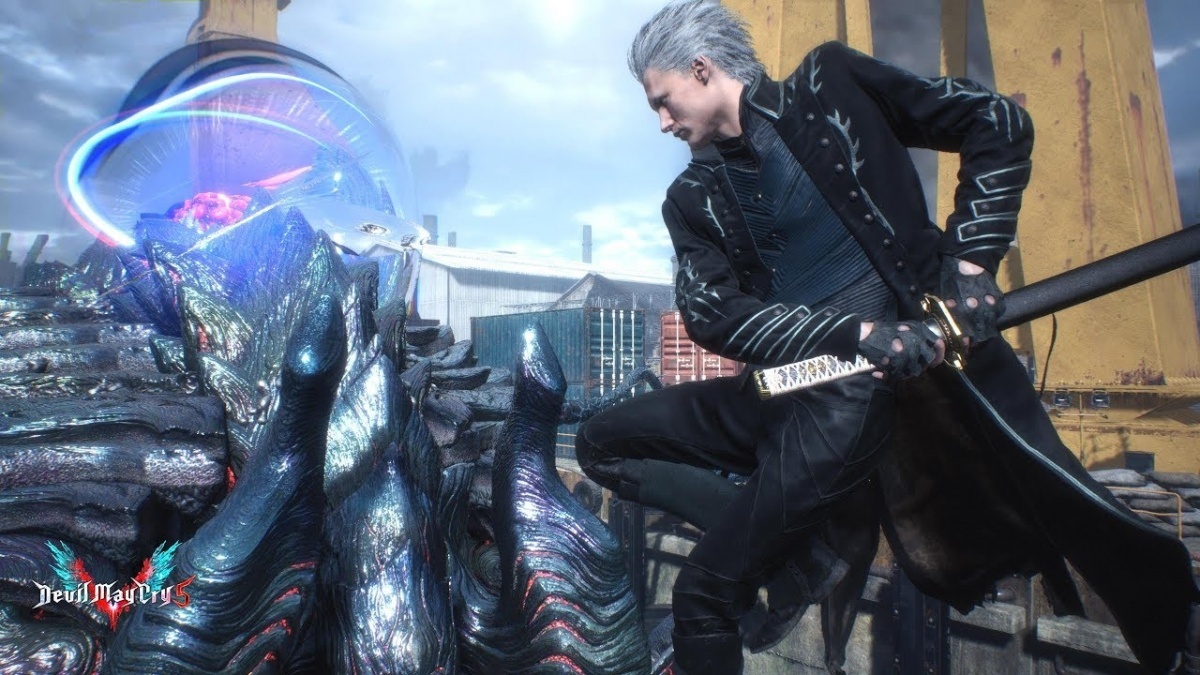
With his arm ripped off, Nero now equipes artificial Devil Arms called Devil Breakers. Devil Breakers come in a variety of different types, varying up what Nero can do in combat. Overture is the all purpose version of the weapon, Punch Line detaches to fly around, Helter Skelter penetrates enemies at close range, and Rawhide greatly increases the range of Nero's Wire Snatch. Changing Nero's loadout from mission to mission also adds a decent bit of replay value to the main game, incentivising experimentation.
Vergil's other half, V, is a fragile summoner who relies on his familiars to do the brunt of damage. V is designed to attack primarily from afar, stringing together combos through his beasts - Griffon, Shadow, and Nightmare. V can also use a cane to finish off enemies up close, a move that's immensely satisfying to pull off in rapid succession. With the least missions in the campaign, V's unorthodox play style never wears out its welcome. In fact, V being frail to the point of needing to attack from afar leads to some of the tensest encounters in DMC5. He may not offer the same level of carnage as the rest of the main cast, but V rewards observant players with incredibly reliable SSS combos.
Rounding out the main cast is series protagonist Dante, who returns with access to on the fly Style switching and an arsenal of weapons. The D-Pad allows Dante to switch between different play styles whenever he wants. Up triggers Trickster, Right triggers Swordmaster, Left triggers Gunslinger, and Down triggers Royalguard. Trickster focuses on acrobatic abilities which prioritize dodging to & from enemies; Swordmaster greatly raises Dante's combo potential with his Devil Arms by opening up new techniques; Gunslinger brings out the full potential of his many fire arms; and Royalguard allows Dante to block attacks while storing up powerful counters, especially useful against bosses. As in-depth and nuanced as Vergil is, Dante's Style Switcher remains the peak of Devil May Cry's combat.
Even without Style Switching, Dante would be incredibly fun to play as thanks to his weapons alone. Rebellion and Sparda both return as Dante's standard sword, eventually paving the way for Devil Sword Dante - a ferociously powerful new weapon that greatly expands his skill set. The ever reliable Ebony & Ivory return, as does Lady's Kalina Ann and Coyote, Dante's longtime shotgun. Balrog is a pair of gauntlets & grieves, very reminiscent of Ifrit from DMC1 in terms of aesthetic and general abilities. King Cerberus is also a direct nod to DMC3's Cerberus, now nunchucks which can swap between three different elements to deal a wide spread of damage. Of Dante's new weapons, Cavaliere is by far the most unique. Normally a motorcycle, Dante can ride Cavaliere before tearing it apart and bashing it into enemies. Cavaliere's techniques are fast, frantic, and rivaled only by Faust: a fedora that weaponizes Red Orbs to deal ridiculous damage.
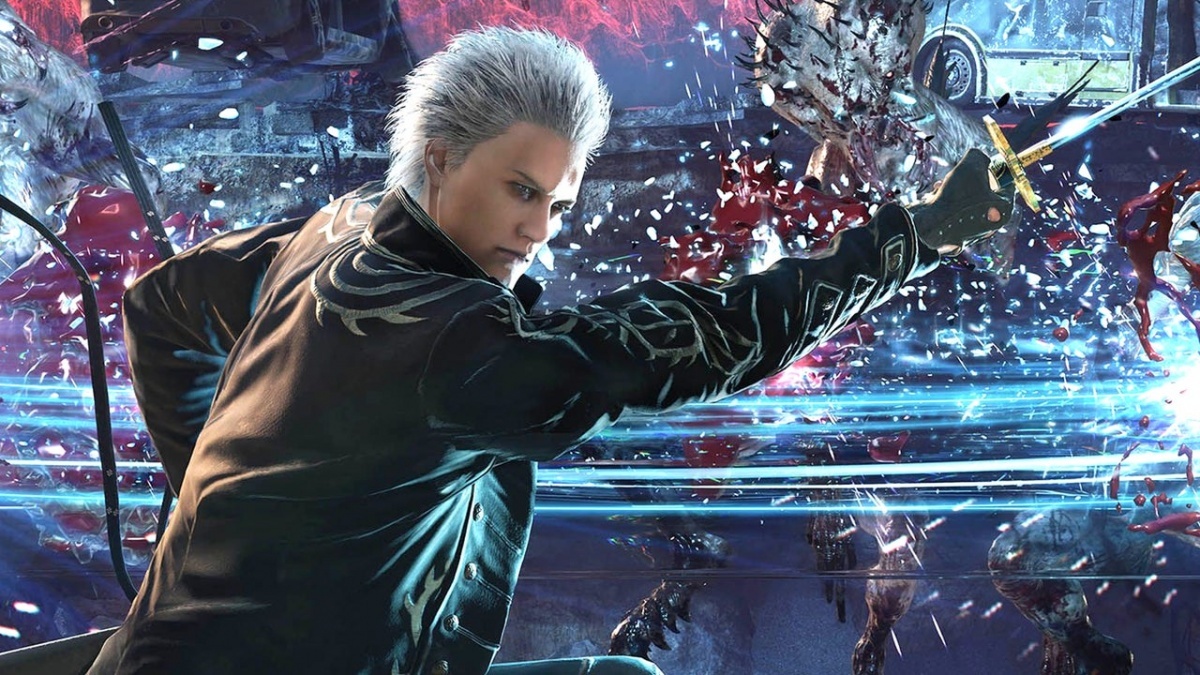
Outside of featuring a new character with Vergil and repackaging an already right campaign, Special Edition brings back fan favorite game modes. Turbo once agains speeds up gameplay, adding another layer to combat. With everything moving faster, player inputs need to be quicker since enemies demand more immediate reaction times. For veterans, Turbo ups the pace to a level combat arguably should have always been at. Legendary Dark Knight also makes a comeback, using the full power of the PlayStation 5 to render hordes of enemies on-screen at once. Demons will swarm the player in seemingly never-ending waves, serving as a genuine endurance test. While the sheer volume of enemies to cut through can be taxing, Legendary Dark Knight is a fantastic way to experiment with lengthy combos, rack up Red Orbs, or just replay a great playthrough with a fresh coat of paint.
As much as the Special Edition is a means to fully polish Devil May Cry 5, it's also an opportunity to show off the full extent of the PlayStation 5. Unavailable on Legendary Dark Knight and Turbo, Ray Tracing strengthens the core visuals by implementing reflective surfaces and featuring far more realistic shading. The PS5 already brings out the best of Capcom's RE Engine, but Ray Tracing adds a coat of paint that makes DMC's world all the more breathtaking. There are trade-offs in the form of FPS dips, however. Nothing too damning, but noticeable enough where longtime fans of the franchise will likely avoid the feature. A pity, as Ray Tracing highlights the best qualities of DMC5's art direction and level design.
Arguably the most surprising addition is High Framerate Mode, which pushes gameplay to run between 60 and 120 FPS on compatible televisions - the goal being to stick to 120. While this doesn't end up being the case in practice, dips being a rather frequent occurrence, HFM naturally runs higher than the base game. Whether or not it makes for a better experience is really at the discretion of the player.
Whether playing through Devil May Cry 5 for the first time or coming back around to play with Vergil, Special Edition is a fantastic PS5 launch title. It may not be an entirely new release, but Capcom's made sure that the series' latest outing makes proper use of the hardware. Beyond Ray Tracing and High Framerate Mode, gameplay loads incredibly fast, is consistently smooth, and just feels right with the DualSense controller. When it comes down to it, Devil May Cry 5 Special Edition is an action masterpiece.
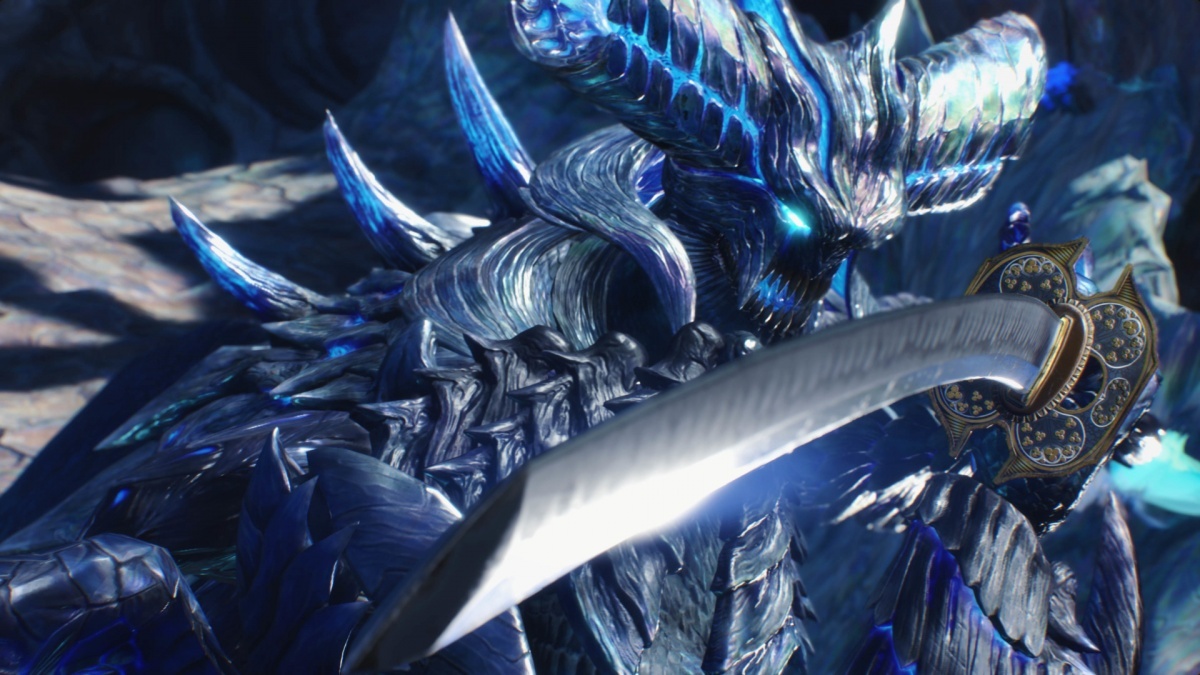
Cubed3 Rating
Exceptional - Gold Award

Devil May Cry 5 Special Edition is arguably the game Capcom should have always released. While the original was a powerhouse in every sense of the word, its pristine quality simply meant any imperfections were all the more noticeable. Vergil's return rounds out an already tight cast of characters playable with some of the most in-depth combat in the franchise. Turbo mode picks up the pace to challenge a player's physical and mental reflexes on every level. Legendary Dark Knight pushes the power of the PlayStation 5 by rendering large swarms of enemies on-screen, all for the player to kill. Devil May Cry 5 was already one of Capcom's best titles in years, and this Special Edition only elevates it.
Comments
Comments are currently disabled

 Sign In
Sign In Game Details
Game Details
 Out now
Out now  Out now
Out now  Out now
Out now  Out now
Out now  Subscribe to this topic
Subscribe to this topic Features
Features






 Top
Top

